Spacecraft discovers space wind
2 July 2013
Our planet has a huge magnetic field surrounding it that extends several tens of thousands of kilometres into space. A magnetic field is the area where you can feel a magnetic force – the force that makes a magnet attach to metallic objects, like the fridge in your kitchen. The area around the Earth (above the atmosphere) that is controlled by the planet’s magnetic field is called the magnetosphere. This is a very important area because it protects the Earth from radiation and particles coming from the Sun. Despite what most people think, the space around the Earth isn’t empty at all! The magnetosphere is full of a material called plasma, which is like a gas that has been heated up, becoming electrically charged. The inner region of the magnetosphere is the plasmasphere. It has a doughnut shape and extends just above the Earth’s atmosphere. The scientist Iannis Dandouras has now found out that there is wind in the plasmasphere: a wind that, every second, carries about 1 kg of plasma from this ‘doughnut’ further out into space! What’s more, it has a speed of over 5,000 kilometres per hour, much faster than the winds here on Earth. Iannis, who is French and Greek, had been looking for this space wind for a long time. Other researchers had predicted this wind existed over 20 years ago, but only now did Iannis manage to find it. “It was definitely one of the nicest surprises I’ve ever had,” he said. Iannis discovered the space wind when he looked at observations from the Cluster Mission of the European Space Agency (ESA). The Cluster Mission consists of four identical spacecraft – known as Salsa, Samba, Rumba and Tango – that fly around the Earth. The spacecraft are studying the environment around our planet, including how the magnetosphere interacts with particles coming from the Sun.Find out more
What is the plasmasphere?
The magnetosphere is a barrier between the Earth and harmful particles from the Sun. The material that comes from the Sun towards Earth is in plasma form – it’s not solid, gas or liquid but instead the fourth state of matter, plasma. Plasma is similar to a gas but it can conduct electricity. In fact, fire can be a plasma, and fluorescent and neon lights contain plasma!
In the magnetosphere the coldest plasma is found in a doughnut-shaped area around the Earth. (Imagine the Earth is a small rubber ball and then imagine taking a doughnut and placing the ball in the middle. This is how the plasmasphere sits around the Earth!) But plasma can be found everywhere in the magnetosphere as it gets blown around by electric and magnetic forces.
Print version
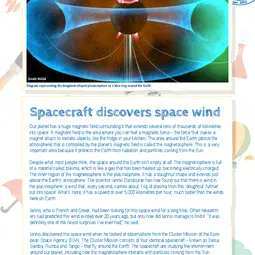
This is a kids' version of the EGU article: 'Spacecraft discovers space wind'. It was written by Bárbara Ferreira and reviewed for scientific content by Lucy Clarke and Arianna Piccialli and for educational content by Abigail Morton.
Translations
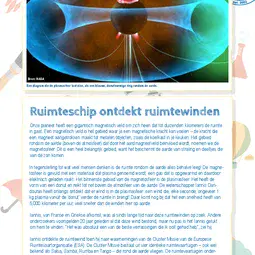
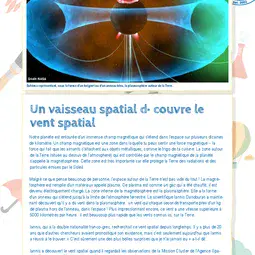
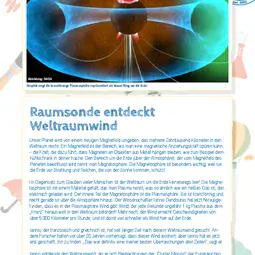
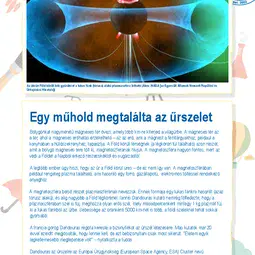
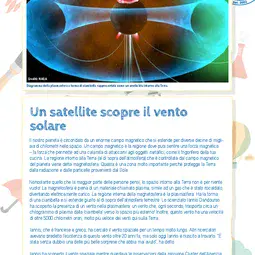
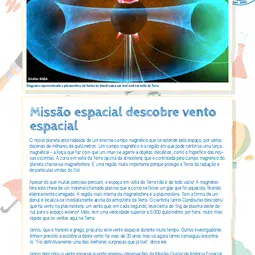
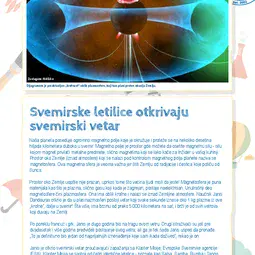
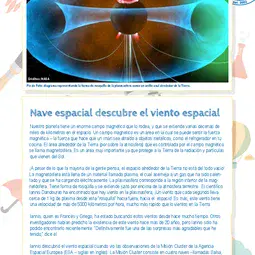
All English-language Planet Press releases are carefully edited, reviewed and proofed, by scientists, educators and EGU staff. Please note that once translated, Planet Press releases receive no further checks from EGU staff. For this reason, we cannot guarantee their accuracy, though we trust the quality of our voluntary translators and are grateful for their work.

